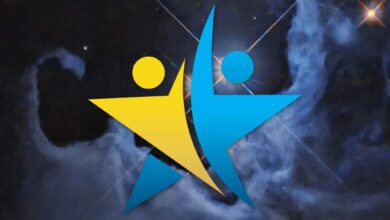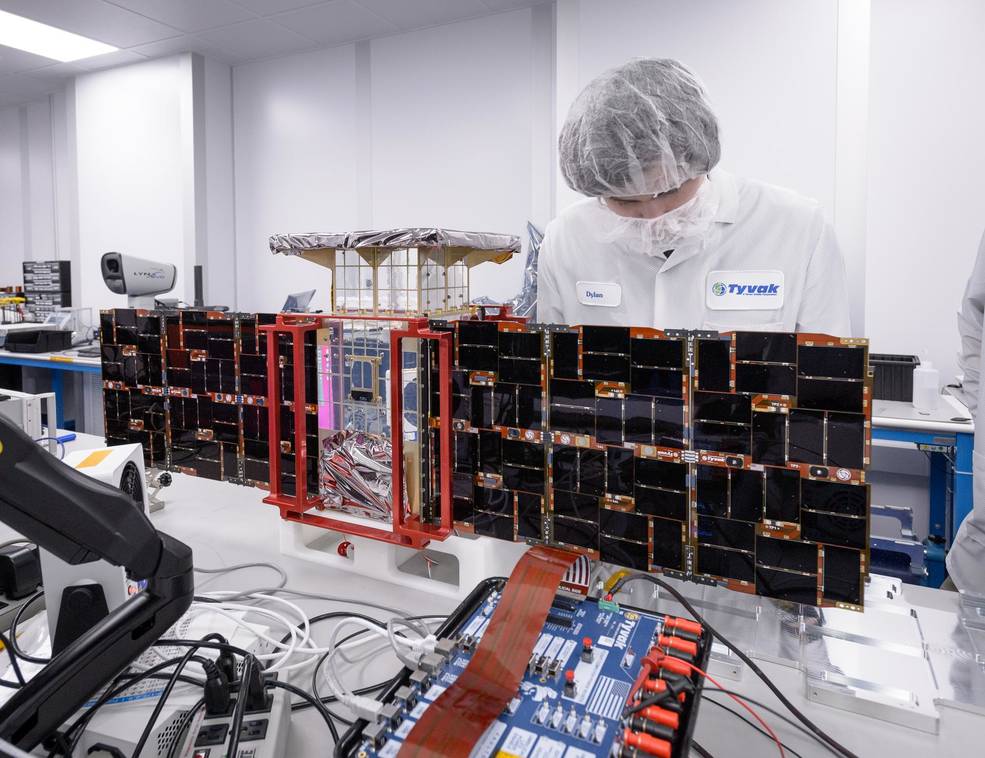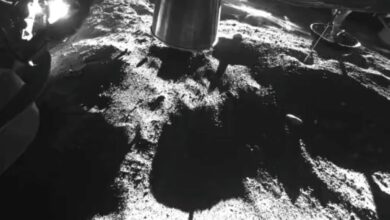Exploring the Universe Through Sight, Touch, and Sound
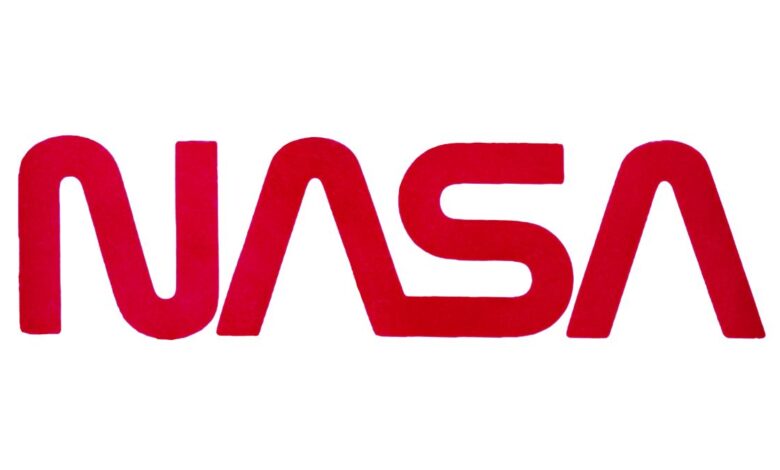
For the first time in history, we can explore the universe through a rich blend of senses—seeing, touching, and hearing astronomical data—in ways that deepen our understanding of space. While three-dimensional (3D) models are essential tools for scientific discovery and analysis, their potential extends far beyond the lab.
Space can often feel distant and abstract, like watching a cosmic show unfold on a screen light-years away. But thanks to remarkable advances in technology, software, and science, we can now transform telescope data into detailed 3D models of objects millions or even billions of miles away. These models aren’t based on imagination—they are built from real data, using measurements of motion, light, and structure to recreate celestial phenomena in three dimensions.
What’s more, we can bring these digital models into the physical world through 3D printing. Using innovations in additive manufacturing, data becomes something you can hold in your hands. This is particularly powerful for children, individuals who are blind or have low vision, and anyone with a passion for lifelong learning. Now, anyone can quite literally grasp a piece of the universe.
These models also provide a compelling way to explore concepts like scale. While a 3D print might be just four inches wide, the object it represents could be tens of millions of billions of times larger—some are so vast that a million Earths could fit inside them. Holding a scaled version of something so massive creates a bridge between human experience and cosmic reality.
In addition to visualizing and physically interacting with the data, we can also listen to it. Through a process called sonification, telescope data is translated into sound, making information accessible and engaging in a whole new way. Just like translating a language, sonification conveys the essence of astronomical data through audio, allowing people to “hear” the universe.
To bring these powerful experiences to communities across the country, NASA’s Universe of Learning, in collaboration with the Library of Congress, NASA’s Chandra X-ray Observatory, and the Space Telescope Science Institute, has created Mini Stars 3D Kits that explore key stages of stellar evolution. These kits have been distributed to Library of Congress state hubs across the United States to engage local learners through hands-on and multisensory discovery.
Each Mini Stars Kit includes:
- Three 3D-printed models of objects within our own Milky Way galaxy:
- Pillars of Creation (M16/Eagle Nebula) – a stellar nursery where new stars are born
- Eta Carinae – a massive, unstable star system approaching the end of its life
- Crab Nebula – the aftermath of a supernova, featuring a dense neutron star at its core
- Audio files with data sonifications for each object—mathematical translations of telescope data into sound
- Descriptive text to guide users through each model’s scientific significance and sensory interpretation
These kits empower people of all ages and abilities to explore the cosmos through touch and sound—turning scientific data into a deeply human experience. Experience your universe through touch and sound at: https://chandra.si.edu/tactile/ministar.html
Credits:
3D Prints Credit: NASA/CXC/ K. Arcand, A. Jubett, using software by Tactile Universe/N. Bonne & C. Krawczyk & Blender
Sonifications: Dr. Kimberly Arcand (CXC), astrophysicist Dr. Matt Russo, and musician Andrew Santaguida (both of the SYSTEM Sounds project)
3D Model: K. Arcand, R. Crawford, L. Hustak (STScI)
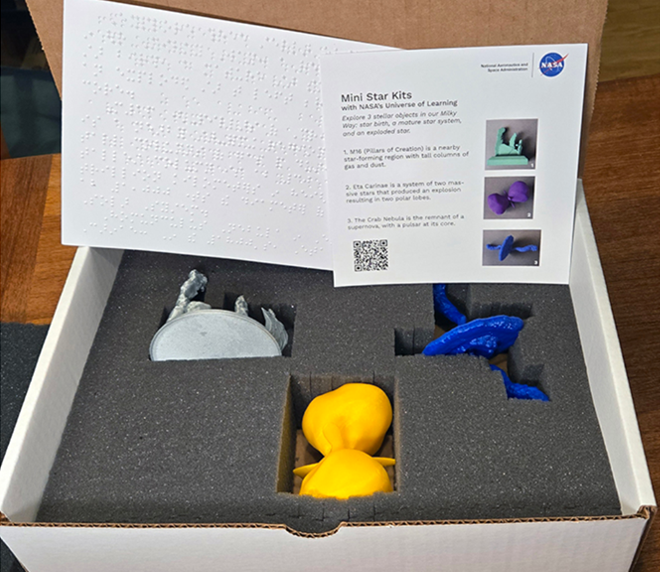
Photo of NASA’s Universe of Learning (UoL) 3D printed mini star kits sent to the Library of Congress state library hubs. The kits include 3D printed models of stars, sonifications, data converted into sound, and descriptive handouts available in both text and braille.


